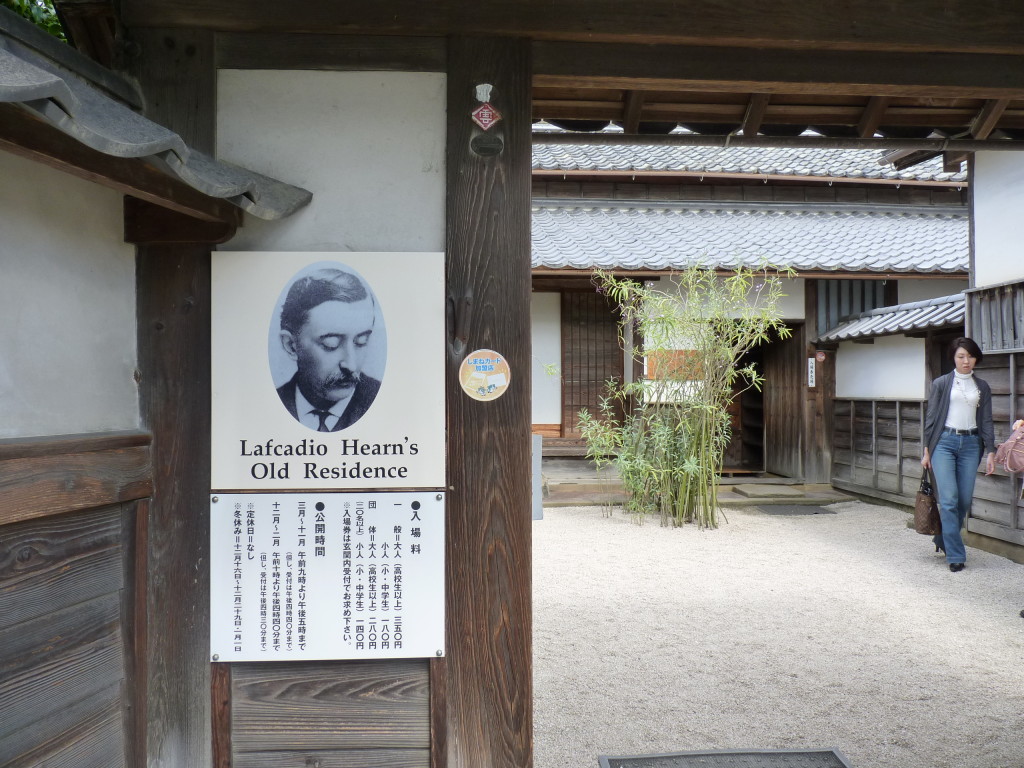by Roald Knutsen
© Copyright 2018

The following article was first written in the 1970s with the aim of helping experienced and newcomers to Kendo and Iai to understand more of the cultural background to these genuine martial systems than is normally done in the present day. The position then, compared to fifty years later, has hardly improved so this version of the original, with some editing and re-appraisal, is offered in the hope that it may help those who are looking for the serious background to the ‘classical’ development rather than the very one-sided image presented by ‘sport’. I make no apologies for the views expressed here; they are entirely my own as are the conclusions I have reached through the teaching of a number of very fine high-ranking masters both in Japan and here.
Continue reading Understanding Kata


